Description
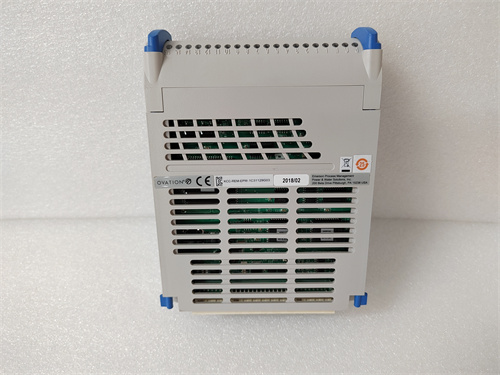
Parameter Specifications
Power Supply: Usually operates on a 24V DC power source, with an allowable voltage deviation of ±10%. This ensures stable performance in various industrial power environments.
Input/Output Channels: It is equipped with a certain number of input and output channels. For example, it may have 16 digital input channels that can accept signals from 0 – 24V and 8 digital output channels capable of driving loads up to 1A at 24V DC.
Communication Interface: Supports the Modbus RTU communication protocol, with a communication baud rate that can be adjusted from 9600bps to 115200bps, facilitating seamless data exchange with other devices in the industrial network.
Uses
Signal Monitoring: The digital input channels are used to monitor the status of external devices such as sensors, switches, and relays. It can collect information on whether a device is on or off, or if a certain condition is met.
Control Execution: Based on the signals received from the input channels and pre – programmed logic, the digital output channels send control signals to actuators, like starting or stopping a motor, opening or closing a valve.
Weight and Dimensions
Weight: Approximately 280 grams, which is relatively light and convenient for installation and handling in industrial control cabinets.
Dimensions: It has a compact design, with a length of about 105mm, a width of 75mm, and a height of 50mm. This compact size allows it to fit easily into limited – space control panels.
Characteristics
Reliability: Built with high – quality electronic components, it can operate stably in harsh industrial environments with wide temperature ranges from – 20°C to 60°C and high levels of electromagnetic interference.
Flexibility: The adjustable communication baud rate and configurable input/output settings provide flexibility to adapt to different industrial application scenarios.
Easy to Install and Configure: The modular design and user – friendly configuration software make it easy to install and set up, reducing installation and commissioning time.
Application Areas
Industrial Automation: Widely used in manufacturing plants for controlling production lines, conveyor systems, and automated assembly processes.
Power Distribution: In power distribution systems, it can be used to monitor the status of circuit breakers and control the power supply to different loads.
Building Automation: Applied in smart buildings to control lighting, ventilation, and air – conditioning systems, improving energy efficiency and building management.
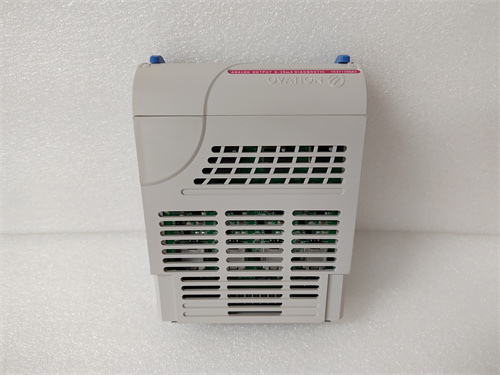






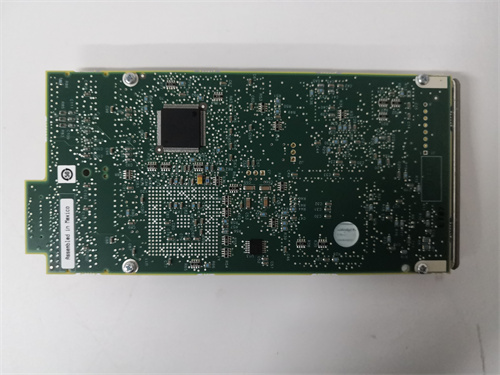
.jpg)
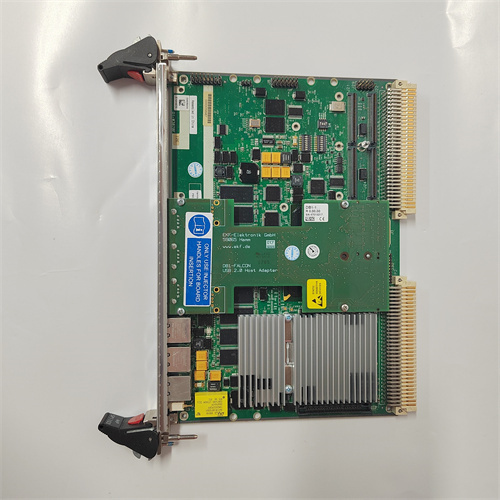
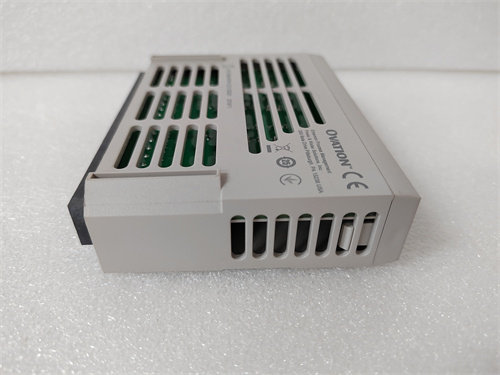

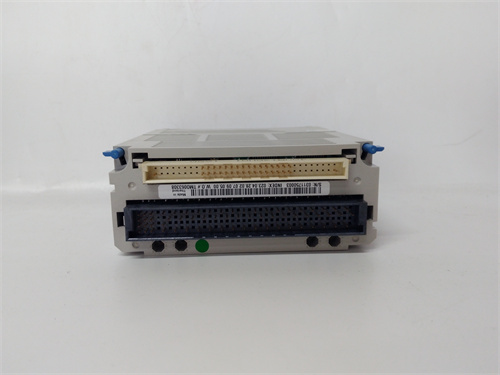
Reviews
There are no reviews yet.